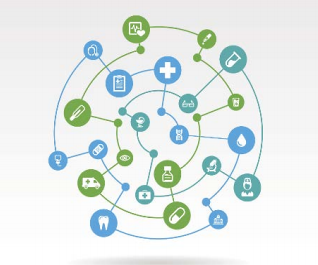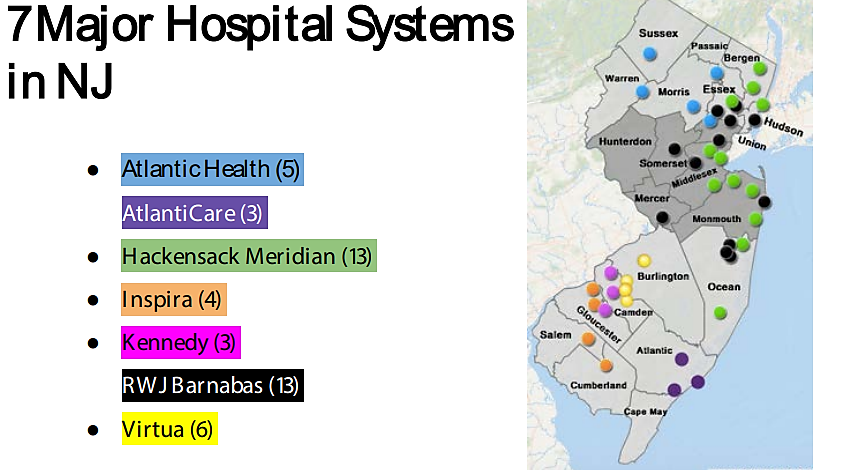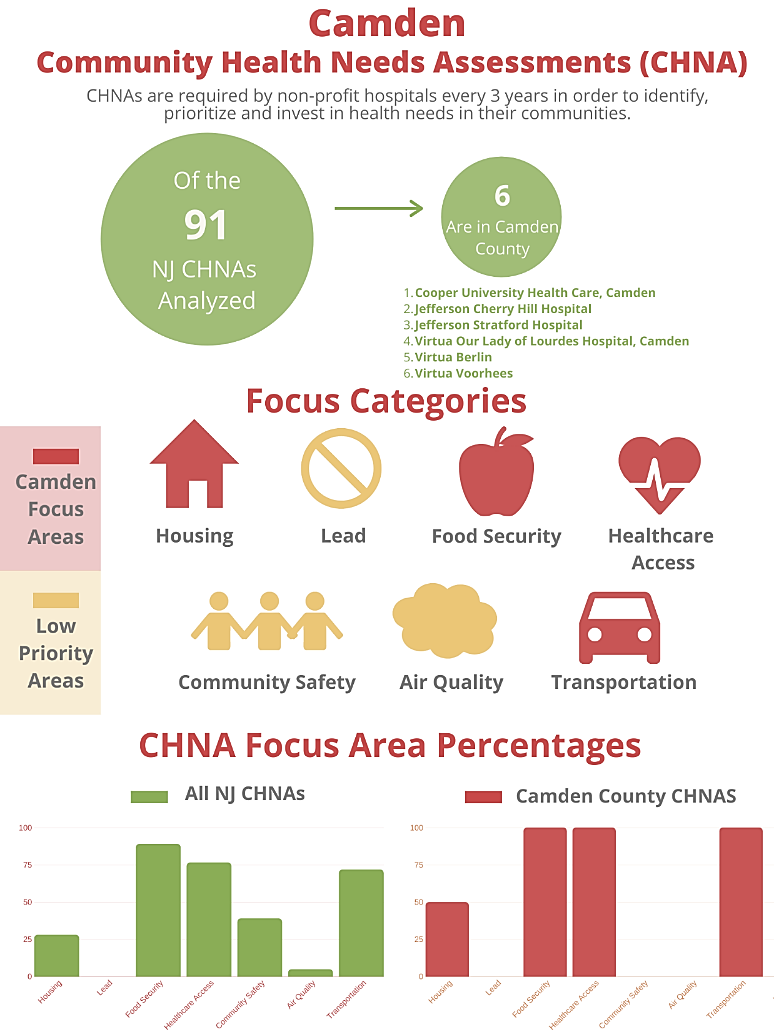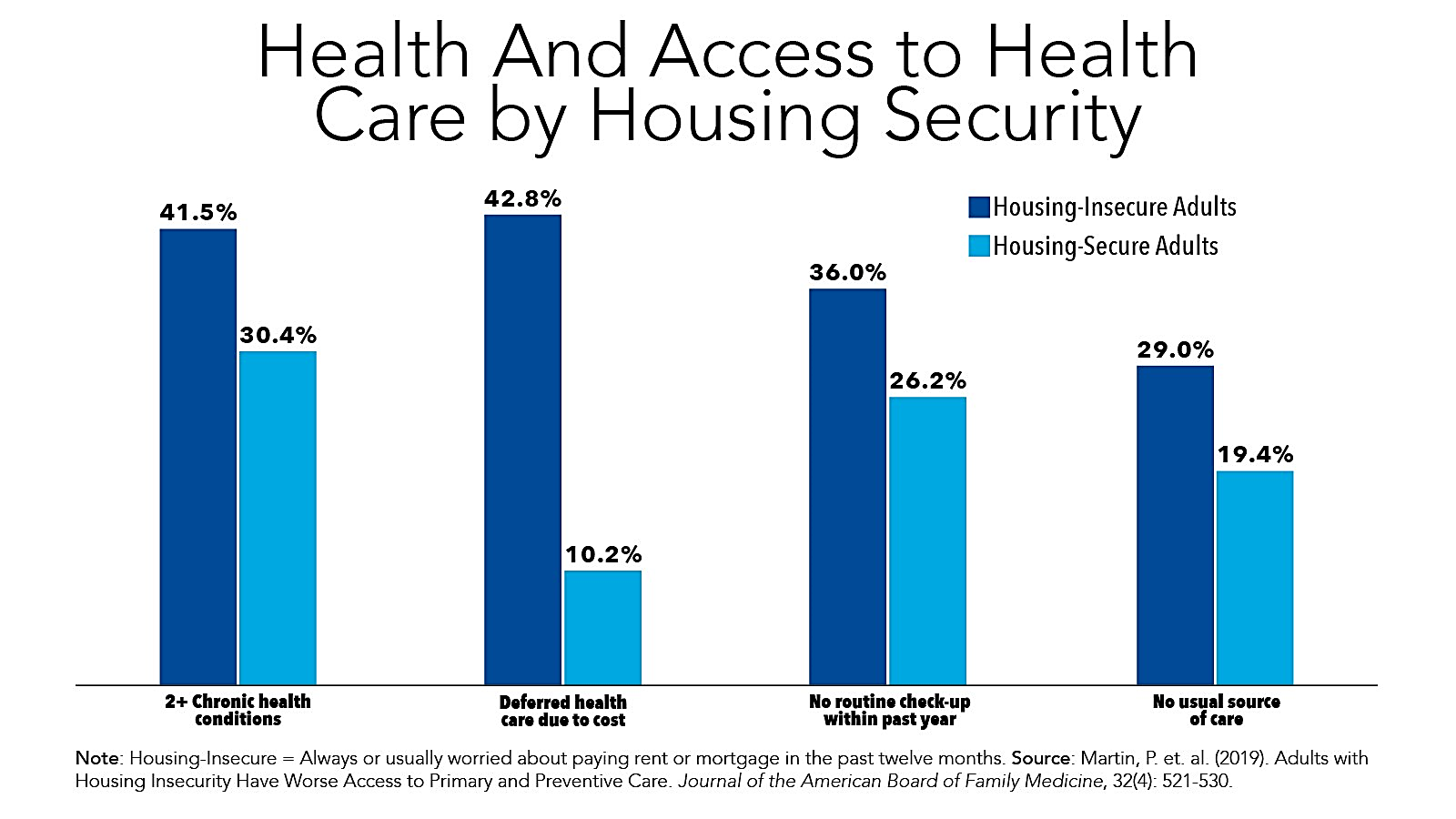|

    
THE SOCIAL DETERMINANTS OF HEALTH
Many institutions within the United States and New Jersey are becoming increasingly aware of the link between where one lives and the effects that it has on their health. This link is one that exists no matter where in the state one lives, with some communities having substantially longer average lifespans than others, despite being within a few miles of eachother. The houses we live in, the water we drink, the food we eat, and the air we breathe all factor into the length of our lives on a scale that cannot be overstated. On a community-wide level this goes beyond individual habits, with influences such as the average income and education of an area often playing an unseen role. Put simply: The social determinants of health help us realize that the conditions that create an unhealthy community or neighborhood do not exist in a vacuum, and that proper housing and community development are needed to address the root causes.

Your Zip Code literally determines how long you live, click here to view yours.
COMMUNITY HEALTH NEEDS ASSESSMENTS (CHNAs)
 Community Health Needs Assessments (CHNAs) are required by nonprofit hospitals every 3 years. Their purpose is to identify, prioritize and strategize which health needs to invest in in their communities. CHNAs exist as one of the primary means for healthcare institutions and their community partners to assess the most pressing social determinants of health in a neighborhood. They help form Community Health Improvement Plans (CHIPs) that are tailored to the specific health needs of the community in question and provide focused deliverables. The assessments are formed largely through community survey, hospital data, and information from community organizations. Priority areas can include Chronic Disease, Mental Health and Substance Use, Food Access, Transportation, Healthcare Access, Housing, and many more. Community Health Needs Assessments (CHNAs) are required by nonprofit hospitals every 3 years. Their purpose is to identify, prioritize and strategize which health needs to invest in in their communities. CHNAs exist as one of the primary means for healthcare institutions and their community partners to assess the most pressing social determinants of health in a neighborhood. They help form Community Health Improvement Plans (CHIPs) that are tailored to the specific health needs of the community in question and provide focused deliverables. The assessments are formed largely through community survey, hospital data, and information from community organizations. Priority areas can include Chronic Disease, Mental Health and Substance Use, Food Access, Transportation, Healthcare Access, Housing, and many more.
As a part of recent partnerships with The Network and other community-related organizations, many institutions have begun to realize the importance of healthy homes and communities, and the role that they play in linking the social determinants of health. CHNAs have become a tool to help hospitals begin to realize that Housing is Healthcare. A more in depth explanation on CHNAs by Robert Wood Johnson can be found here.

Community Health Action Mobilization Plans & Strategies (CHAMPS)
 As a part of the Community Health Action Mobilization Plans & Strategies (CHAMPS) grant provided by Robert Wood Johnson, the Network has conducted a detailed analysis of all New Jersey’s nonprofit hospital CHNAs, with the goal of connecting hospitals focused on Social Determinants of Health to their local CDCs. As a part of the Community Health Action Mobilization Plans & Strategies (CHAMPS) grant provided by Robert Wood Johnson, the Network has conducted a detailed analysis of all New Jersey’s nonprofit hospital CHNAs, with the goal of connecting hospitals focused on Social Determinants of Health to their local CDCs.
The analysis of CHNAs across the state has allowed the Network to identify key areas of opportunity for CDCs and healthcare institutions to improve upon the collaborative community development work that is currently being done, in addition to where new projects and developments can be made. This identification by the Network has allowed for a higher level of capacity to be created among the collaboration between CDCs and healthcare institutions on a regional level, including a pipeline between health, housing, and economic development. An expanded relationship capacity has also created the need for a larger number of non-profit institutions to be trained on the analysis of CHNAs and how they can be utilized to create more effective community plans.
The CHAMPS grant has provided valuable resources with which the ever-important link between health, housing, and community development can be strengthened and expanded upon. In doing so, the importance of social determinants of health are becoming better understood by the hospitals that serve our state's residents, in addition to the significance of addressing the causes proactively. Through CHAMPS, New Jersey is taking another step towards healthier homes and communities for all.

HEALTH IMPACT ASSESSMENTS
Health Impact Assessments (HIAs) are a combination of procedures, methods, and tools by which a policy, program, or project may be judged as to its potential effects on the health of a population, and the distribution of those effects within the population. It is a tool to measure the health outcomes of decisions. Land use, transportation, and other planning decisions have a substantial impact on the public’s health. HIAs allow decision-makers the opportunity to both maximize the health benefits and mitigate potential or real negative outcomes of policy decisions.
HIAs can be a rapid “desktop” version (review) (usually 2-6 weeks) up to a more comprehensive or structured version that can take 6 months or more. It is a systematic process that uses an array of data sources and analytic methods and considers input from stakeholders to determine the potential effects of a proposed, in progress, or existing policy or other project on the population’s health. HIAs also assess the distribution of those effects within the population – health disparities among various racial and socioeconomic groups are a key component. HIAs then provide evidence-based recommendations aimed at enhancing positive health impacts and minimizing negative ones.
**The Network has conducted trainings on HIAs in the past and can provide materials upon request!
RESOURCES
|